#Rachel Kondo
Explore tagged Tumblr posts
Text
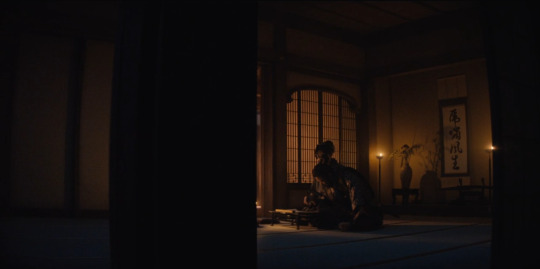
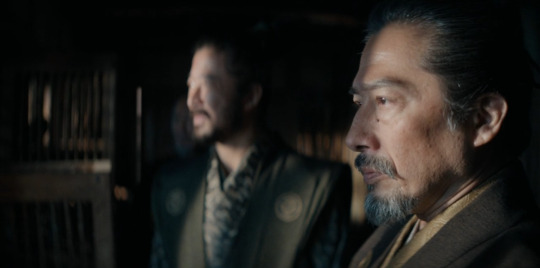

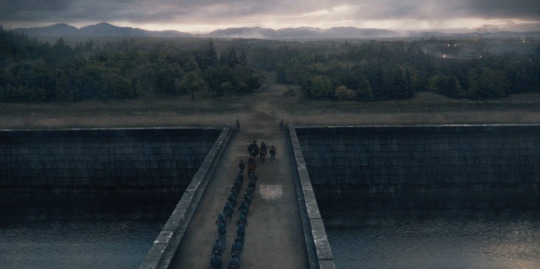
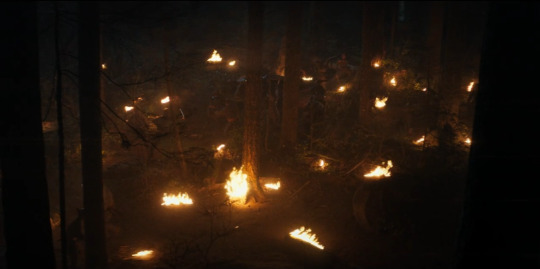
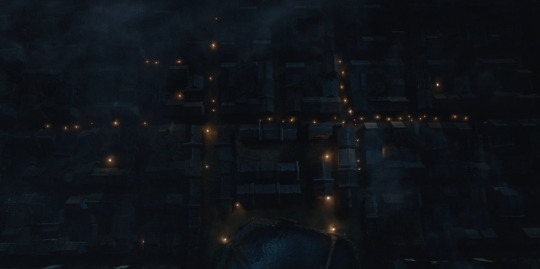
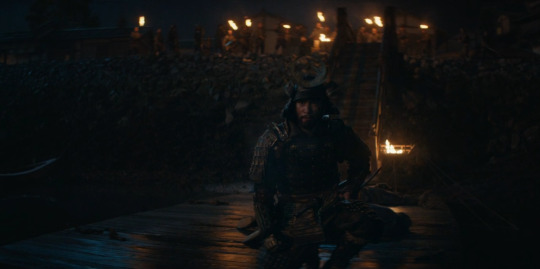
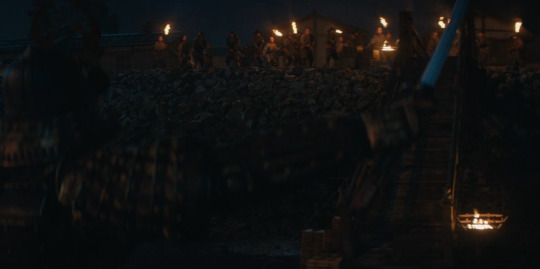

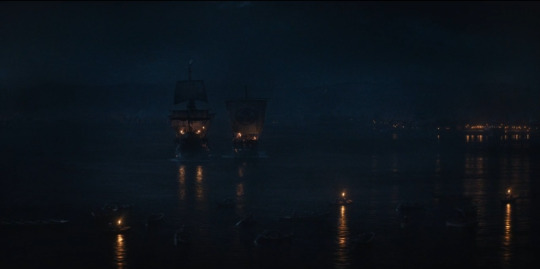
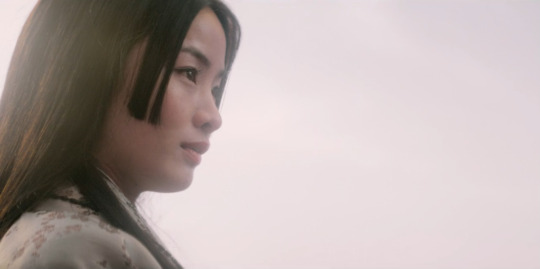
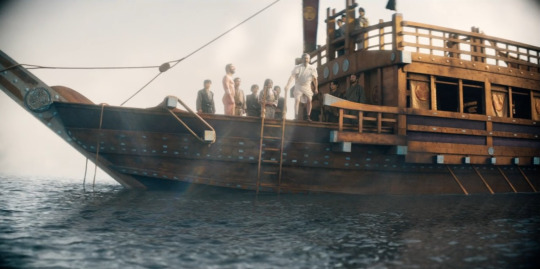
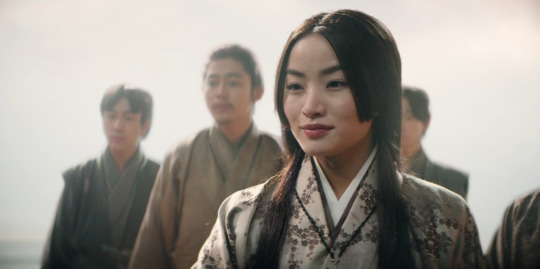
**Shots of the Episode**
Shōgun (2024)
Episode 3: “Tomorrow Is Tomorrow” (2024) Director: Charlotte Brändström Cinematographer: Aril Wretbald
#shots of the episode#shogun#shogun fx#shogun 2024#james clavell#justin marks#rachel kondo#anna sawai#hiroyuki sanada#cosmo jarvis#moeka hoshi#feudal japan#fx#fx on hulu#2024 tv#japan#charlotte brandstrom#aril wretbald#2024#2.00:1#streaming#television#cinematography#tv screencaps#tv screenshots#tv stills#stills
48 notes
·
View notes
Text

Shōgun
Season 1, “A Dream of a Dream”
Director: Frederick E.O. Toye
DoP: Sam McCurdy
#Shōgun#A Dream of a Dream#Season Finale#Shōgun S01E10#Season 1#Frederick E.O. Toye#Sam McCurdy#Hiroyuki Sanada#Yoshii Toranaga#Maegan Houang#Emily Yoshida#Rachel Kondo#Justin Marks#FX on Hulu#FX#Gate 34#Michael De Luca Productions#FXP#TV Moments#TV Series#TV Show#television#TV#TV Frames#cinematography#April 23#2024
13 notes
·
View notes
Text

Shogun (2024) created by Rachel Kondo & Justin Marks
#shogun#shōgun#moeka hoshi#hiroyuki sanada#cosmo jarvis#anna sawai#rachel kondo#justin marks#stills#film#film stills#caps#screencaps#screenshots#cinema#dailyworldcinema#cinemaspam#cinephile#cinematography#cinemapix
15 notes
·
View notes
Text
Top Favorite Episodes of "SHOGUN" (2024)

Below is a list of my favorite episodes from "SHOGUN", the F/X channel's Emmy-winning adaptation of James Clavell's 1975 novel. Created by Rachel Kondo and Justin Marks, the limited series starred Hiroyuki Sanada, Cosmo Jarvis and Anna Sawai:
TOP FAVORITE EPISODES OF "SHOGUN" (2024)

(1.03) "Tomorrow Is Tomorrow" - After English sailor/pilot John Blackthorne survives an assassination attempt, daimyo Lord Yoshii Toranaga realizes he must ferry his allies out of Osaka or risk certain defeat.

2. (1.09) "Crimson Sky" - Toranaga's interpreter, Lady Toda Mariko, arrives in Osaka for the fight of her life. Blackthorne and Kashigi Yabushige, who had accompanied her, scramble to save their own heads as their options dwindle.
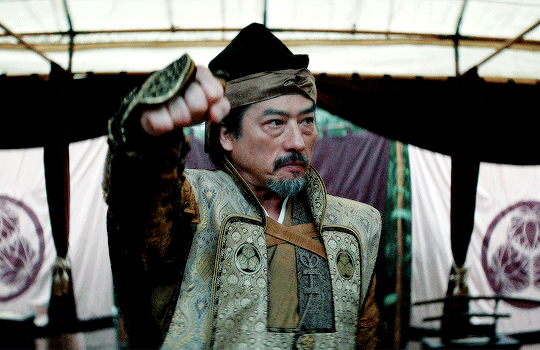
3. (1.06) "Ladies of the Willow World" - Lady Ochiba no Kata, dowager consort of the late Taikō, returns to Osaka in order to accelerate the Regents' campaign against Toranaga. In Ajiro, Toranaga tests Lady Mariko's loyalty to his cause.

4. (1.02) "Servants of Two Masters" - Blackthorne's arrival in Osaka stirs up a hornet's nest of rivalries. Lady Mariko is trapped between her cause and her new Catholic faith when she must translate for the Protestant Blackthorne in Lord Toranaga's presence.

5. (1.07) "A Stick of Time" - Outplayed by new alliances in Osaka, Toranaga is forced to carve out a new deal with a long lost family member.

#period drama#costume drama#period dramas#shogun#shogun 2024#james clavell#hiroyuki sanada#cosmo jarvis#anna sawai#tadanobu asano#akiko kobayashi#takehiro hira#yuki kura#tommy bastow#nestor carbonell#fumi nikaidô#rachel kondo#justin marks#ned dennehy#hiroto kanai#azuchi-momoyama period
10 notes
·
View notes
Text
Shōgun

TV Shows/Dramas watched in 2024
Shōgun (2024, USA/Japan)
Creators: Rachel Kondo & Justin Marks (based on the novel by James Clavell)
Mini-review:
Damn, this is one masterful piece of television. It's outstanding in pretty much every regard (save for one, but I'll get to that later). From the very first episode, you can just tell the show's cast and crew poured all their passion into making this. The sets and costumes are amazingly detailed, and the writing is nothing short of spellbending; it's pretty much impossible to pry your eyes away from the screen. And the acting... just WOW. This is one superb ensemble. Everyone is so f**king good that I can't even pick an MVP. As for the one thing I didn't like, that would be the cinematography. This show falls prey to the Hollywood trend of making some scenes so dark that you can't see anything. But still, everything else is absolutely incredible, so I can forgive them for the darkness. Anyway, if you haven't started Shōgun already, you really should do it as soon as possible. It's a true must-watch.
#shōgun#shōgun 2024#rachel kondo#justin marks#james clavell#hiroyuki sanada#cosmo jarvis#anna sawai#tadanobu asano#takehiro hira#tommy bastow#fumi nikaido#tokuma nishioka#moeka hoshi#yuki kura#ako#hiromoto ida#toshi toda#takeshi kurokawa#shinnosuke abe#yoriko doguchi#eita okuno#japan#historical fiction#period drama#historical thriller#political thriller#2024 tv shows and dramas
13 notes
·
View notes
Text

Shōgun (prods. Rachel Kondo & Justin Marks).
How Shōgun sets up its multi-layered interpersonal political allegiances through different bitter rivalries between the lords and their houses feels more than vaguely reminiscent of the violent conflicts in pursuit of power Game of Thrones made famous. It thrillingly weaves in European Christian colonial influences of faith and greed against the brutal honour of Japanese tyranny effortlessly.
#shōgun#shogun#fx productions#fx#fx network#fx networks#streaming#hulu#rachel kondo#justin marks#tv review#tv#television#tv show#tv series#miniseries#mini-series#mini series#limited serieis#fxp#james clavell#hiroyuki sanada#cosmo jarvis#anna sawai#tadanobu asano#takehiro hira#tommy bastow#fumi nikaido#show#series
2 notes
·
View notes
Text
TV Review: SHŌGUN - A Masterful Visual Achievement
In the history of television, some shows remain as iconic today as when they were first released. Yet, with new technologies and craftsmen in the world, there are occasional reasons to revisit these iconic worlds. In the case of Shōgun, the budget and skill is finally here to make the iconic work on a grand scale. Based on the iconic book by James Clavell, Shōgun explores a fictionalized…
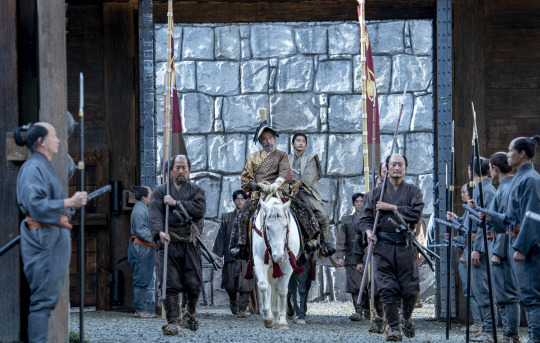
View On WordPress
#Anna Sawai#Blockbuster#Caillin Puente#Cosmo Jarvis#Emily Yoshida#Feature#FX#FX on Hulu#Hiroyuki Sanada#Hulu#James Clavell#Justin Marks#Maegan Houang#Matt Lambert#Rachel Kondo#Shannon Goss#Shogun#SHŌGUN
2 notes
·
View notes
Text
Shōgun review: This engrossing historical epic is one of the best shows of the year
80-এর দশকের নির্দিষ্ট শোগুলির মধ্যে একটিকে পুনরায় দেখার এবং আপডেট করা কোনও খারাপ কাজ নয়। জেমস ক্ল্যাভেলের প্রশংসিত উপন্যাসের উপর ভিত্তি করে নতুন দশ-পর্বের সীমিত সিরিজ, শোগুন, এটি দুর্দান্ত উচ্চাকাঙ্ক্ষা এবং কৌশলের সাথে চেষ্টা করে। এর কেন্দ্রে, এটি 17 শতকের একজন ইংরেজ নাবিকের গল্প, যিনি নিজেকে সামন্ত জাপানে একজন সামুরাইতে পরিণত হয়েছেন। র্যাচেল কোন্ডো এবং জাস্টিন মার্কস দ্বারা নির্মিত শো,…

View On WordPress
0 notes
Text
youtube
Rachel Chinouriri Marie Kondo
0 notes
Text
“Hell’s no place I haven’t seen before. Let it from your mind."
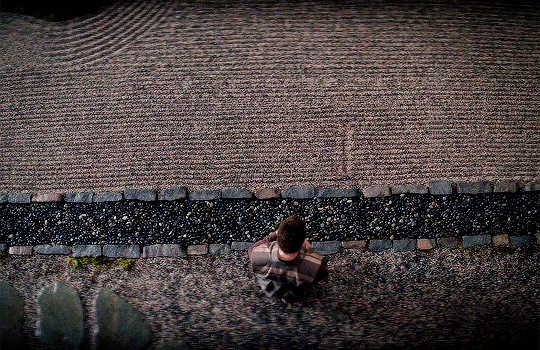
Gif: @yocalio
'Shogun showrunner Rachel Kondo revealed that the idea to have Blackthorne step up as Mariko’s second was initially “a shock” to her.
“It was one of those things that felt both surprising to us, but also inevitable. Like, naturally, this is the woman he loves. He doesn’t want her to writhe in eternal hell that he knows she believes in, right? I don’t even know if he believes in it, but he, this was his moment to look at her and to see her and to do something,” Kondo said.
“The one thing he does not want to do — he most doesn’t want to do — and he does it because of her, for her.”
Blackthorne’s poetic “last words” to Mariko during the seppuku scene were a suggestion from Cosmo Jarvis: “Hell’s no place I haven’t seen before. Let it from your mind,” to help him grapple with Blackthorne’s out of character decision to volunteer to kill the woman he loves.
“It was quite a challenge to find the motivation for a man to do that,” Jarvis said. “A man who hates unnecessary violence. Blackthorne hates unnecessary violence. And this would be the pinnacle of unnecessary violence and it’s somebody that he cares deeply for.”
“But, you know, that’s the joy of the work. You have to find motivations for these things and you have to do them and commit to them,” he said, explaining the genesis of the line, applauding the showrunners' collaborative nature for keeping it in.
According to Anna Sawai, Blackthorne’s decision to step up and second Mariko’s seppuku was “the biggest gesture of love that she feels from him.”


Gifs: @yocalio
“It’s when she realizes how much she means to him. Because he is a Protestant and he’s going against his religion and he’s taking her over himself. He’s allowing her to die a loyal Catholic and a samurai,” Sawai said during an interview earlier this week. “It’s a very romantic thing for her and she’s in a way kind of seeing him in different eyes because of what this means."
“He’s taking her over his own religion and beliefs,” Sawai explains of the powerful moment. “A couple scenes before that he’s asking her to keep living for him. And so I think that it just shows that he really, really cares, and that is the most romantic thing that you could ever do for someone that you love.”
Mariko is spared, for a night. A night that Mariko and Blackthorne get to share together. Although Yabushige’s treachery would result in Mariko’s death later that night, the two lovers get to spend one last evening in each other’s arms.

“It was just a moment of like, ‘I deserve this. We deserve this. We accept each other, we see each other and we can share this moment together,'” Sawai said, giving Mariko’s story a bittersweet, tragically romantic ending.'
Full interviews:
Anna Sawai Reveals the Moment Mariko Fell in Love With Blackthorne
Anna Sawai Details How Mariko’s Seppuku Attempt in Episode 9 Binds Her and Blackthorne Forever: “It’s a Very Romantic Thing for Her”
#shogun#shōgun#shogun spoilers#shogun 2024#fx shogun#perioddrama#shogun fx#anna sawai#cosmo jarvis#toda mariko#john blackthorne#mariko x blackthorne#dailyflicks#cinematv#tvandfilm#akechi mariko#my fucking heart hurts please help 😭
142 notes
·
View notes
Text



• Olivia and Emma talk about female characters on screen and what we need more of behind the camera for Variety
19 notes
·
View notes
Text

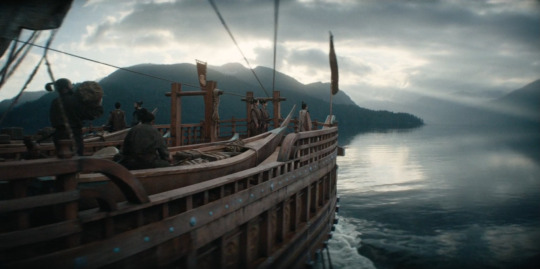
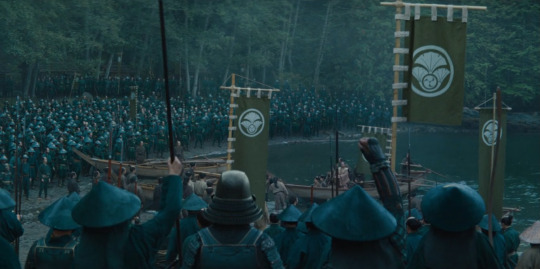


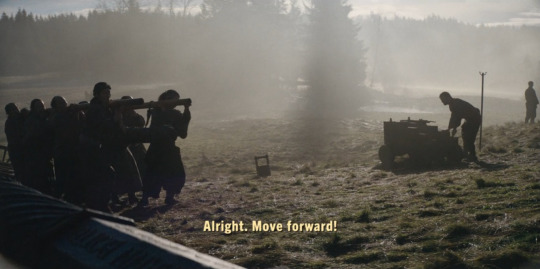
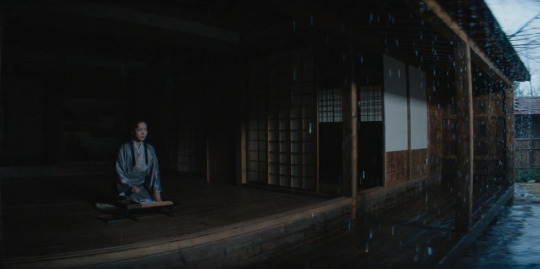
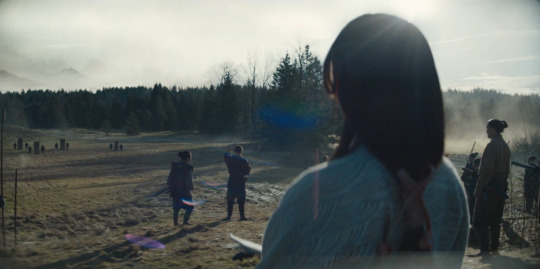


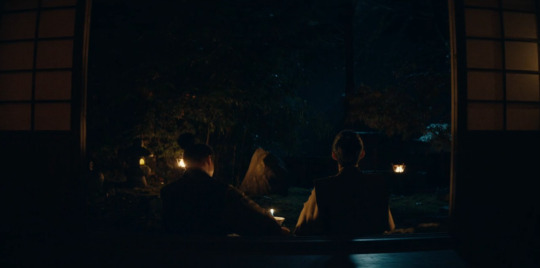

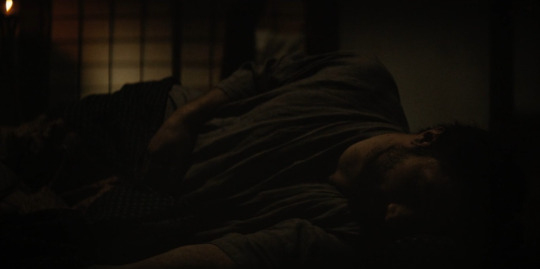



**Shots of the Episode**
Shōgun (2024)
Episode 4: “The Eightfold Fence” (2024) Director: Frederick E.O. Toye Cinematographer: Sam McCurdy
#shots of the episode#shogun#shogun 2024#shogun fx#the eightfold fence#frederick e.o. toye#sam mccurdy#justin marks#james clavell#rachel kondo#cosmo jarvis#anna sawai#moeka hoshi#cinematography#fx#2024#2.20:1#screencaps#screenshots#stills#feudal japan
28 notes
·
View notes
Text

Shōgun
Season 1, “Crimson Sky”
Director: Frederick E.O. Toye
DoP: Sam McCurdy
#Shōgun#Crimson Sky#Shōgun S01E09#Season 1#Frederick E.O. Toye#Sam McCurdy#Anna Sawai#Toda Mariko#Rachel Kondo#Caillin Puente#Justin Marks#FX#FX on Hulu#Gate 34#Michael De Luca Productions#FXP#TV Moments#TV Series#TV Show#television#TV#TV Frames#cinematography#April 16#2024
11 notes
·
View notes
Text
O Melhor de 2024 - 25 Séries TV

1. Ripley Steven Zaillian (Netflix) Miniseries

2. L'Amica Geniale Saverio Costanzo (RAI/HBO) Season 4

3. A Conspiração António-Pedro Vasconcelos (RTP) Miniseries

4. Mr. & Mrs. Smith Francesca Sloane & Donald Glover (Prime Video) Season 1

5. Industry Mickey Down & Konrad Kay (Max) Season 3

6. Say Nothing Josh Zetumer (Disney+) Miniseries

7. Hacks Lucia Aniello, Paul W. Downs & Jen Statsky (Max) Season 3

8. Shogun Rachel Kondo & Justin Marks (Disney +) Season 1

9. Cien Años de Soledad José Rivera & Natalia Santa (Netflix) Season 1

10. True Detective: Night Country Issa López (Max) Season 4

11. Fargo Noah Hawley (FX/Prime Video) Season 5

12. Baby Reindeer Richard Gadd (Netflix) Miniseries

13. A Man on the Inside Michael Schur (Netflix) Season 1

14. Shrinking Brett Goldstein, Bill Lawrence & Jason Segel (Apple TV+) Season 2

15. The Penguin Lauren LeFranc (Max) Season 1

16. Slow Horses Will Smith & Morwenna Banks (Apple TV+) Season 4

17. The Bear Christopher Storer (Disney +) Season 3

18. We Are Lady Parts Nida Manzoor (Channel 4) Season 2

19. Black Doves Joe Barton (Netflix) Season 1

20. Matilha João Maia (RTP) Season 1

21. John Mulaney Presents: Everybody's in LA John Mulaney (Netflix) Season 1

22. O Americano Ivo M. Ferreira (RTP) Season 1

23. The 3 Body Problem David Benioff, D.B. Weiss & Alexander Woo (Netflix) Season 1

24. Conan O’Brien Must Go Conan O'Brien (Max) Season 1

25. The Gentleman Guy Ritchie (Netflix) Season 1
#O Melhor de 2024#Best of 2024#2024#TV#tv shows#tv series#Ripley#My Brilliant Friend#l'amica geniale#Mr. & Mrs. Smith#Industry#Say Nothing#Hacks#Shogun#Cien Años de Soledad#One Hundred Years of Solitude#True Detective#Night Country#baby reindeer#A Man on the Inside#The Penguin#We Are Lady Parts
14 notes
·
View notes
Text
December 2024 Reading Wrap-Up
I've read eight books this month, and most were entirely neutral to good for me...with one exception. That means that my grand total of books for 2024 was 103, though I only enjoyed somewhere around 30 of them. Anyway, here's the December list:
Religious Text
None applicable.
1/10 - Why Did They Publish This?
Egregores: The Occult Entities That Watch Over Human Destiny | Mark Stavish
Just gonna link this...
2/10 - Trash
None applicable.
3/10 - Meh
None applicable.
4 to 6/10 - Mid-Tier
Seventy-Eight Degrees Of Wisdom: A Tarot Journey To Self-Awareness | Rachel Pollack
I respect what this book has historically done for tarot and tarot reading, but as a standalone book outside of that context, I didn't...enjoy it.
7 to 8/10 - Good With Caveats
Scorpions Of Medical Importance | Hugh L Keegan
A very fascinating book on scorpions from 1980. Despite this, not every scorpion depicted here is deadly. What I thought was most fascinating was the fact that it called the deathstalker (Leiurus quinquestriatus) the only species in Leiurus...because 18 out of 19 of the other ones were only discovered after the book was published. It is pretty outdated as far as listed places with antivenins goes, though.
Scorpions: Plus Other Popular Invertebrates | Jerry G Walls
A decent book on caring for scorpions, considering it goes really in-depth despite only having 88 pages. I did skip over the appendices at the back about other invertebrates though, because while I'm not scared of scorpions, I'm scared of many of the other bugs and arachnids in the back. No thank you.
Garfield Fat Cat 3-Pack, volume 25 | Jim Davis
I picked this one on a whim from the library I work at because I love Garfield comics. Fuck you. The caveat I have for this one is that if you don't enjoy reading 286 pages of mostly-three-panel-comics, it won't be enjoyable. I had fun though.
9/10 - Very Very Good
The Life-Changing Magic Of Tidying Up: The Japanese Art Of Decluttering And Organizing | Marie Kondo
I actually found this book surprisingly helpful??? Which was irritating to me, because I'm always surprised when popular things are actually...good. Though Marie Kondo's theory doesn't work for everyone since it's very focused on how you feel, and if you're struggling to feel anything for any reason, it's not gonna help much. I do think it's very funny that she outright encourages you to send her book away if it doesn't spark joy either. Incredible.
Michelangelo: Paintings, Sculptures, Architecture | Ludwig Goldscheider
This is a series of photographs of many, many of Michelangelo's works, and the quality of the photos are gorgeous. I found this on the free table of the library I work at and enjoyed flipping through and admiring the details.
Destroy All Humans. They Can’t Be Regenerated, volume 1 | Katsura Ise, Takuma Yokota
Yes, yes, this is a new printing of an old Magic: The Gathering manga about players playing the game. I didn't expect the prophecies of Nostradamus to be a major plot point. And I fucking loved it.
10/10 - Unironically Recommend To Everyone
None applicable.
6 notes
·
View notes
Text
Characters named...


♡ Mary/Marie ♡


Marie-Poupée, Mary Corleone, Mary Katherine "Merricat" Blackwood, Mary Lennox
10 notes
·
View notes